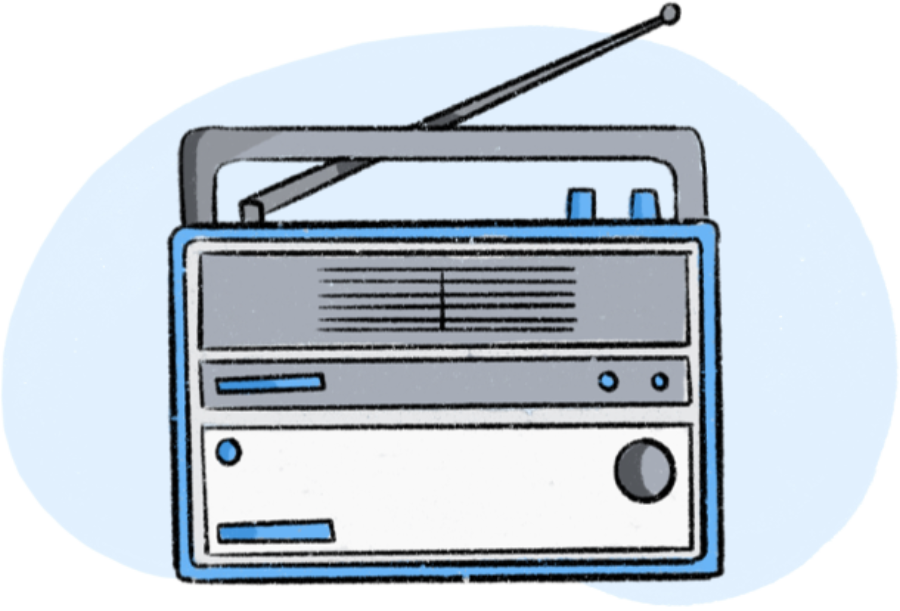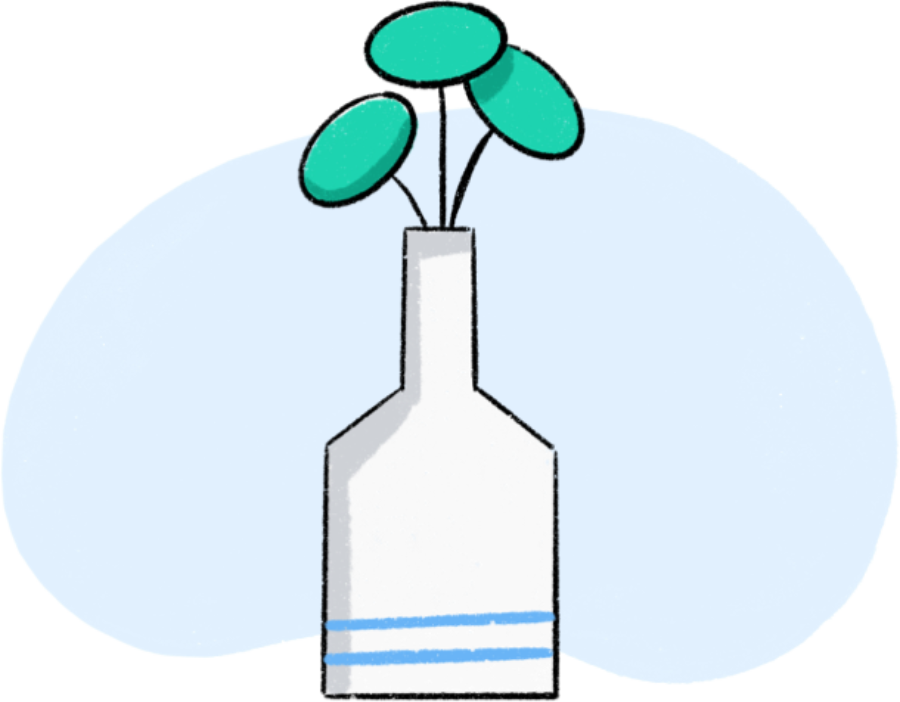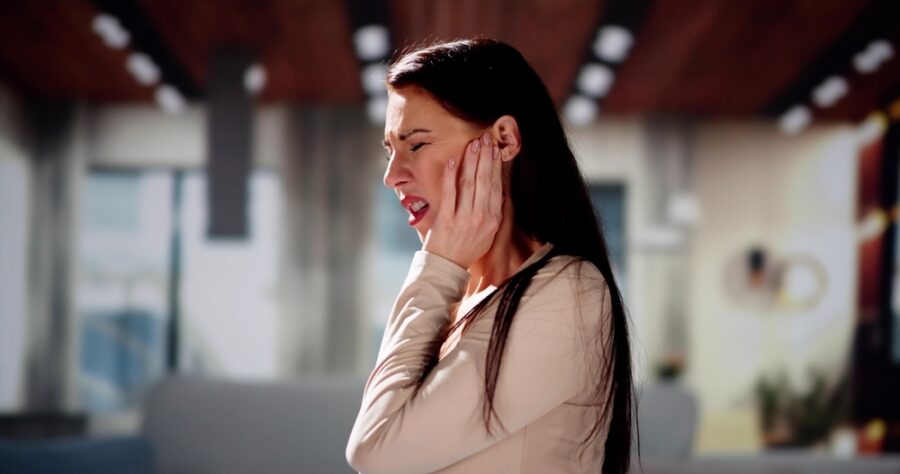

Blog post
Eyesight and driving
Safety in winter conditions- and indeed all year round - also includes consideration of eyesight and driving. Did you know that DVLA has 'standards of vision for driving'? So, if you need to wear glasses or contact lenses to meet this visual standard, you must do so. It's illegal and dangerous to drive without your glasses if you don't meet the standards of vision for driving. DVLA launched its EYE 735T(eye test) campaign in 2018 to raise awareness of the visual requirements for driving.
Do you meet the standards of vision for driving?
EYE 735T is an easy and straightforward way to see if your eyesight meets the minimum requirements for driving.
Can you read a number plate from 20 metres?
Give it a try the next time you see a number plate!
Remember to wear your glasses if you need them - and if you struggle to read the number plate, it might be time for a sight test.
Do you have a health condition that may affect your driving?
If you have a health condition that can affect your driving, you must declare it to the DVLA.
You can find a list of conditions here with more information.
It's essential to note that being at risk of developing some conditions may also need to be declared.
If you fail to declare a health condition that affects your driving, you can receive a fine or face prosecution if, as a result, you're in an accident.
By considering whether your eyesight is suitable for driving is to ensure your own safety and of those around you, including pedestrians.
If you have any questions or concerns about your eyesight or eye health, you should speak with your optician.











